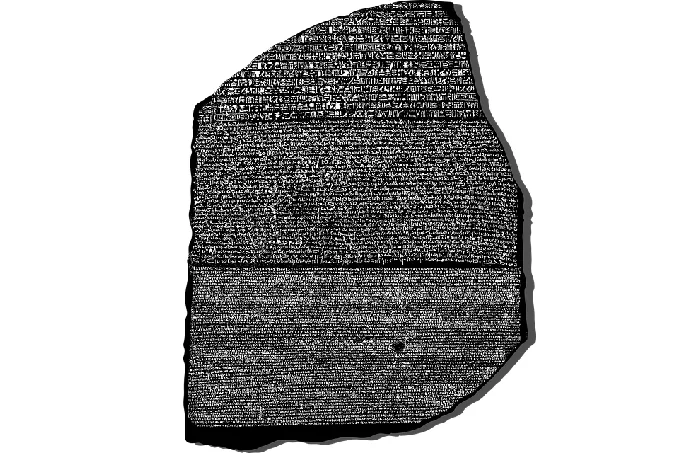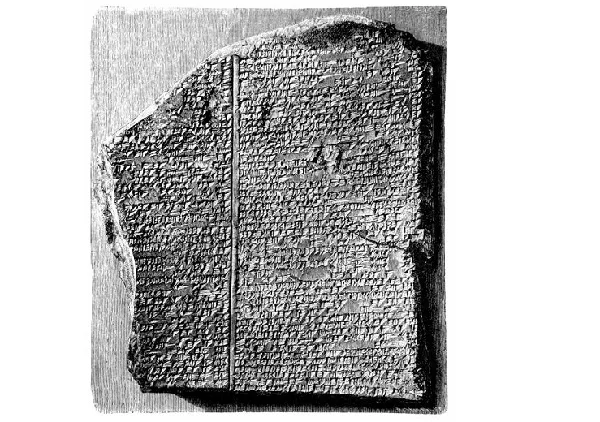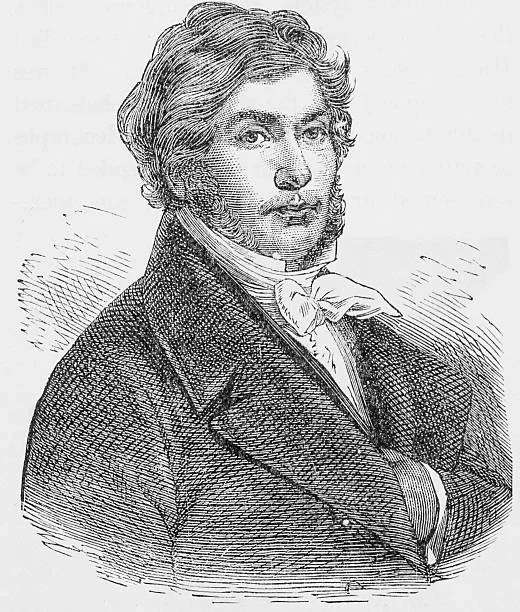The Rosetta Stone mystery

The Rosetta Stone is considered to be one of the most significant discoveries in the history of archeology. With his help, scientists were finally able to decipher the Egyptian hieroglyphs, which was the greatest breakthrough in Egyptology since the discovery of the pyramids.
The most valuable discovery
An inconspicuous settlement is located not far from the Valley of the Kings. Its inhabitants earned their bread and butter by robbing tombs and selling their finds in local markets. Of course, it is not possible to imagine how many valuable artifacts are lost forever in this way. Many researchers complain: if it were not for the systematic looting of tombs, it would have been possible to learn the secrets of ancient Egyptian writing much earlier.
But back to the history of the Rosetta Stone. In the 19th century, Napoleon’s army entered Egypt. The soldiers were accompanied by historians, artists, archaeologists. They tried to document everything they saw, collected valuable artifacts and found texts that could benefit French science.
In the Nile Delta, French soldiers began to build Fort Saint-Julien. The fort was located near the city called Rosetta. While digging a trench, the soldiers found an unusual stone, a slab covered with strange signs. The stone was immediately sent to the Institute of Egypt.
The French expansion ended three years later. British troops drove out Napoleon’s army
What is the Rosetta Stone?

This artifact looks like a lump polished on one side. Its smooth side is covered with inscriptions in three languages: ancient Egyptian hieroglyphs, Greek letters and Egyptian writing.
Interestingly, the stone was once part of a huge structure. This conclusion was made on the basis that not a single inscription on it is entirely complete.
Part of the text, written in Greek, was deciphered almost immediately. After that, the fragments recorded in the Egyptian script were translated. Both fragments contained the same information. It turned out that the stone was created in 196 BC and contains gratitude to the Egyptian ruler Ptolemy the Fifth.
But with the texts written in hieroglyphs, difficulties arose. Scientists were able to understand their meaning only after three decades. And it was by pure chance that the founding father of Egyptology, Jean-François Champollion, did it.
The mystery of Egyptian hieroglyphs
The story of the deciphering of ancient Egyptian writing is reminiscent of a gripping film. One day a magazine with a photograph of a stone fell into the hands of a nine-year-old boy named Jean, the son of a bookstore owner. This boy was smart and developed beyond his years: he could already read freely by the age of five.

Jean was amazed at the beauty of Egyptian hieroglyphs. Perhaps this impression was so strong that he devoted the rest of his life to studying the history of ancient Egypt. And by the age of 13, he had learned Latin and Chinese only to understand how close they are to Egyptian. At the age of 15, Jean learned Coptic. And at 17, the prodigy became a member of the French Academy of Sciences.
In deciphering the symbols, Jean was guided by an exciting idea. If earlier researchers tried to understand the meaning of each symbol, then the young Egyptologist decided that it was necessary to look for understandable words and combinations of symbols. And it is necessary to start from the names of the rulers known to scientists, who were probably mentioned on the Rosetta stone.
Thanks to this approach, Jean managed to achieve the goal. He found a repeating combination of symbols that indicated the name of Ptolemy. With a combination of symbols, the meaning of which was precisely known, he deciphered, step by step, each hieroglyph written on the Rosetta Stone.
In 1822 Champollion published a book on the ancient Egyptian writing system. The year is considered to be the year of birth of Egyptology.
Unfortunately, the fate of the scientist ended in a very tragic way. The fact is that since childhood, Jean has had poor health. Travelling was contraindicated for him. But the scientist dreamed of visiting Egypt, which he loved with all his heart. And he fulfilled his dream. But the trip undermined his already poor health. And Champollion’s life ended when he was only 41 years old. The main work of the scientist, dedicated to ancient Egyptian grammar, was published after his death.




